Many people feel self-conscious about the texture of their skin. Ideally, your skin should feel soft, smooth, and silky when it is in perfectly moisturized condition. However, you may experience bouts of dryness in your skin from time to time. When you have dry skin, it will have a rough and flaky texture that feels uncomfortable to touch.
Dry skin is a condition that occurs when you do not have enough moisture in your skin. This condition often occurs in the cold winter months. During this season, the air tends to be drier and less humid outside, so the water in your skin will evaporate more quickly. Dry skin can also be caused by other factors, such as old age, bad dietary choices, and underlying skin conditions.
Fortunately, you can follow several initiatives to keep your skin hydrated and healthy. You will find it easy to apply these eight dry skin remedies in the comfort of your home:
1. Moisturize daily
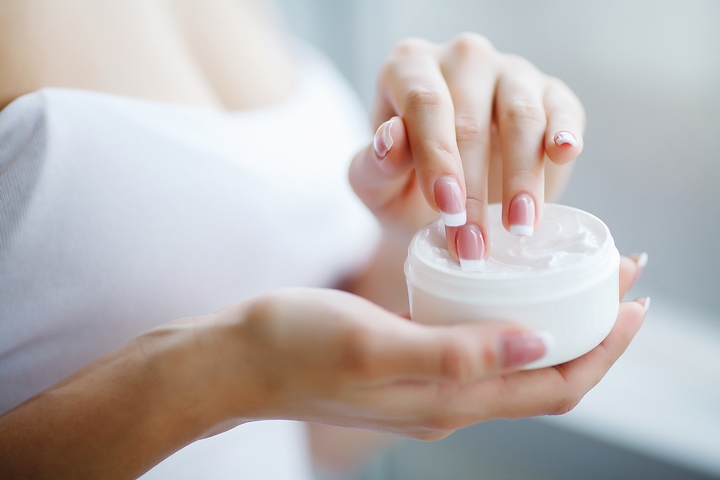
If you have dry skin, you always need to keep it moisturized. This is where a variety of moisturizers, ointments and creams can come into play. These cosmetic products will improve your skin’s ability to retain water. The best products for dry skin will usually contain the following ingredients: ceramides, colloidal oatmeal, and hyaluronic acid.
Since everyone’s skin is different, picking out the right moisturizer may take some trial and error before you finally find the ideal one. You may want to visit a cosmetic beauty facility for their recommendations. As a rule of thumb, try to avoid any cosmetic products with harsh chemical ingredients, such as alcohol or dioxane.
2. Exfoliate to remove excess dry skin
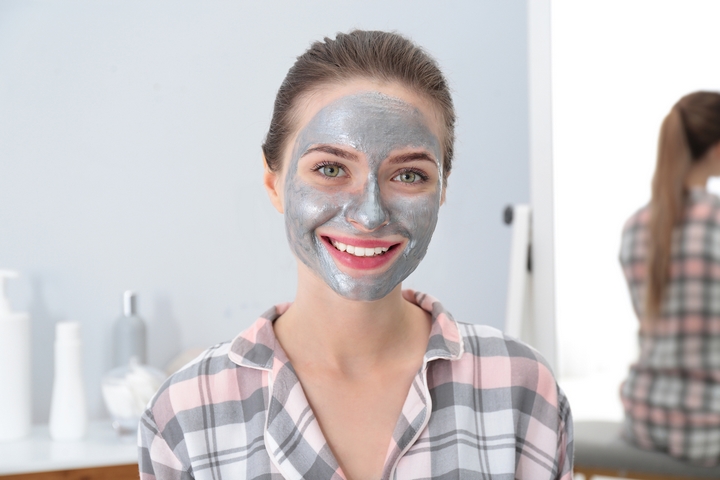
Every month, your skin creates new cells while shedding off the old ones. Exfoliating is one of the best dry skin remedies because it gets rid of dead skin cells. This helps in the reduction of dry patches and promotes a smoother skin texture. Even though exfoliation can do wonders for your skin, excess amounts may cause some unwanted irritation.
There are two main types of exfoliation methods. The first type is called mechanical exfoliation, which involves the use of brushes, wash cloths, and facial scrubs. These devices are gently applied on your face and body to exfoliate the skin cells. The second type is called chemical exfoliation, which involves the use of chemicals. This method usually takes form in various cosmetic products or chemical peel procedures.
3. Change your bathing habits
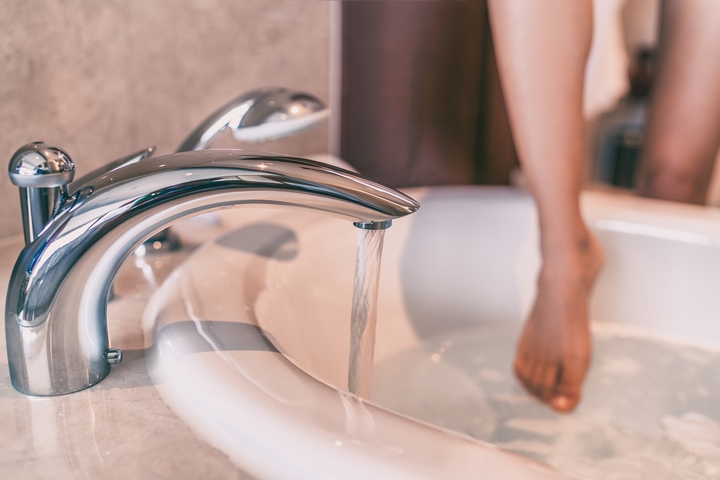
Some people prefer taking hot baths over warm ones, but this isn’t recommended when you have dry skin. By taking a hot bath, you are stripping the skin off its natural oils, which are essential for keeping your body moisturized. If you are worried about dry skin, always be mindful about the temperature of your bath water.
Similarly, you shouldn’t spend too much time in the shower. Long showers will remove sebum from the skin, which is an oily waxy substance produced by your sebaceous glands. Without copious amounts of sebum, your skin may be more likely to dry up. The recommended shower time is between five and ten minutes. Anything longer may put your skin at risk to dryness.
4. Use a humidifier

Keeping a humidifier in your home is highly effective remedy for dry skin. Electric heat from the HVAC may strip the air of its moisture. This makes the air dry, which will worsen your dry skin condition. The optimal level for your humidifier is around 60 percent, which is enough to counter the effects of your home’s heating systems.
5. Avoid allergens and irritants

If your skin suddenly becomes dry, the reaction may be caused by the clothes that you are wearing. Certain clothing materials and detergent chemicals may irritate the skin. Clothing with wool or synthetic fibres are likely to irritate your skin, so be careful when picking out your daily wardrobe.
In addition, you also need to consider other environmental factors that could trigger dry skin. This may include sitting by the fireplace and swimming too long in chlorinated water.
6. Add milk and honey to your diet
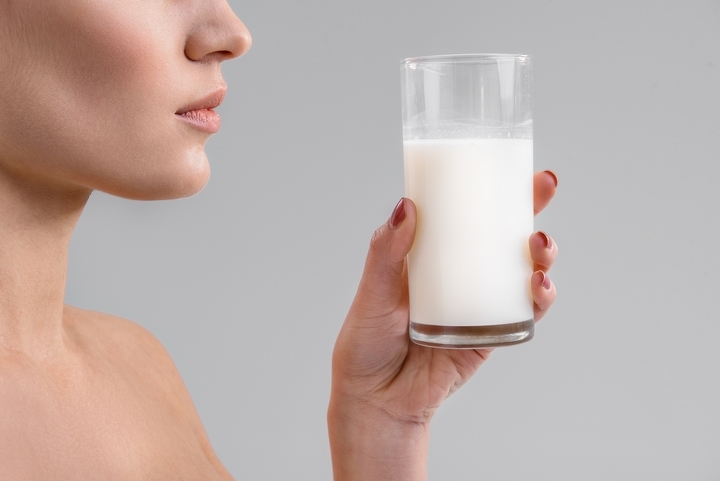
Certain dietary choices are great natural remedies for dry skin. Adding milk to your daily diet is highly recommended. Milk contains a fat known as phospholipid that enhances the skin barrier. Another valuable food item is honey, which helps to moisturize, heal, and cool down inflamed skin.
7. Eat healthy meals
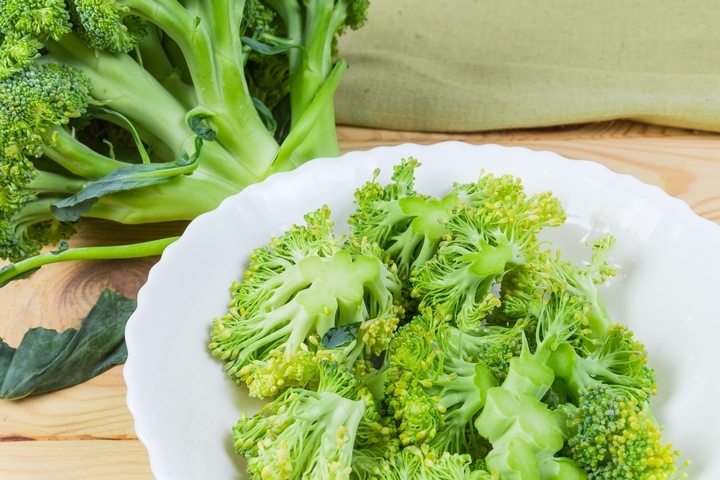
A healthy amount of nutrition is crucial for improving your dry skin. The general rule is to consume foods that are rich in vitamin A, vitamin E, vitamin C, and zinc. Some of the best foods for dry skin include fatty fish, mackerel, avocado, walnuts, tomatoes, and broccoli.
Dark chocolate is also suitable for dry skin since it’s so high in antioxidants. For beverages, you may want to consider drinking green tea, which protects your skin against sun damage and premature aging.
8. Medical treatments

If you have tried all the other dry skin remedies with no visible results, you may need to seek medical advice. A skin professional, also known as a dermatologist, may prescribe topical ointments or creams to manage a stubborn dry skin condition. The dermatologist will recommend suitable medication based on the root cause of your dry skin.
